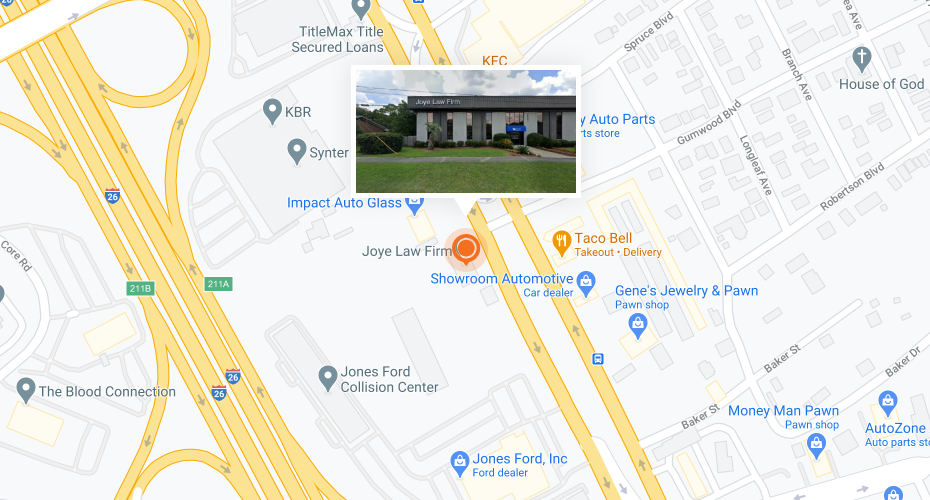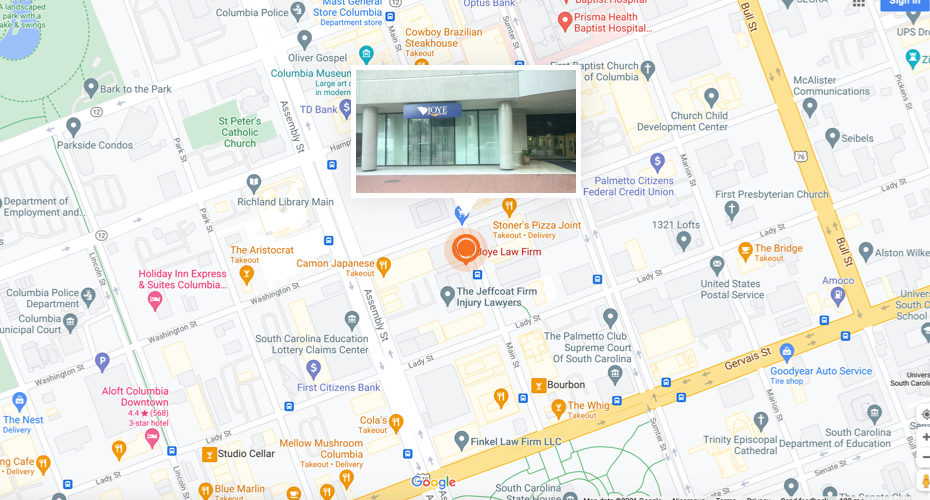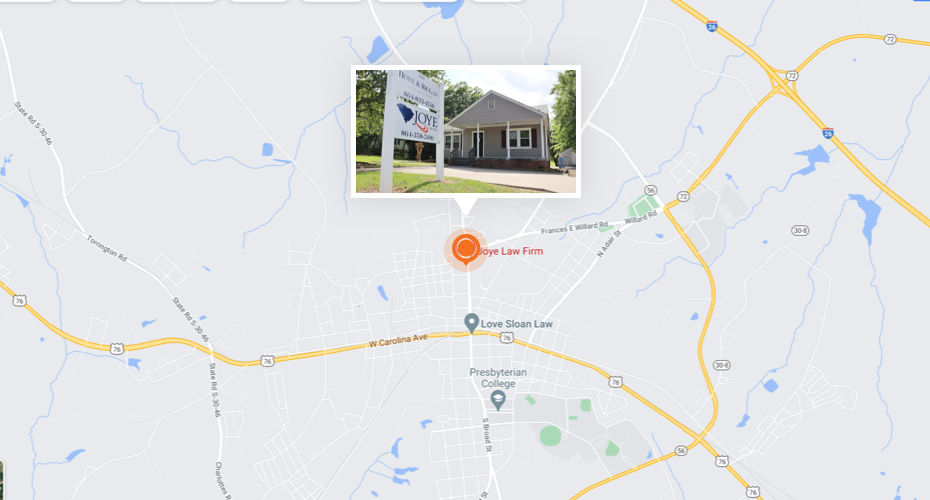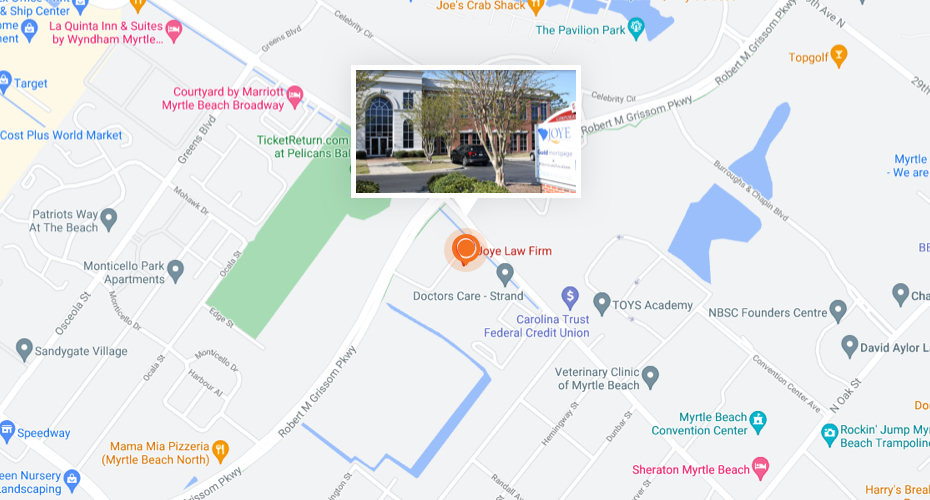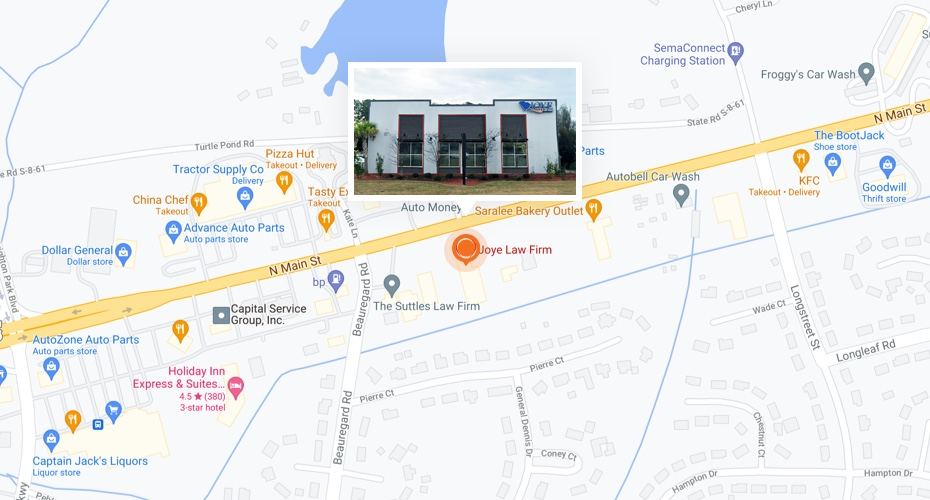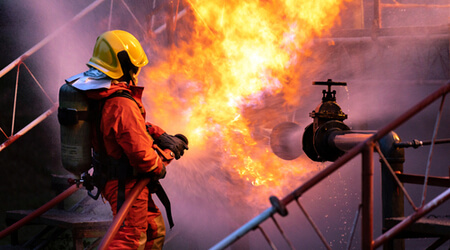
Construction sites are some of the most dangerous workplaces when it comes to fires and explosions. The Occupational Health & Safety Administration (OSHA) reports an average of 36 fire and explosion-related deaths per year in the construction industry. With hazards like underground gas, temporary heating devices, and electrical systems, a typical workday on a South Carolina construction site can turn tragic in seconds.
The injuries caused by fires and explosions can be devastating. Workers are often killed or suffer severe burns, hearing loss, eye injuries, brain trauma, and internal injuries like hemorrhages. For many survivors, their injuries result in permanent disabilities and disfigurement, making it impossible to return to their old jobs or any job.
At Joye Law Firm, we’ve been helping injured construction workers since 1968. Whether you’re filing a workers’ compensation claim, fighting a denied claim, or seeking additional compensation through a third-party lawsuit, you need experienced legal representation on your side. Call Joye Law Firm now or send us a message to schedule a free case review.
Common Injuries from Fires and Explosions on Construction Sites
Explosions and fires are among the most catastrophic hazards on construction sites, often resulting in severe injuries or fatalities. These incidents are typically caused by faulty equipment, improperly stored flammable materials, electrical malfunctions, or accidents involving hazardous chemicals.
- Burn Injuries: Burns are the most common injuries from fires and explosions, ranging from superficial first-degree burns to severe third-degree burns. Partial and full-thickness burns can cause permanent damage to the skin, muscles, and nerves, requiring extensive medical treatment and rehabilitation.
- Blast Injuries: The intense pressure wave from an explosion can lead to blast injuries, which affect multiple parts of the body. Primary blast injuries impact gas-filled organs like the lungs, ears, and gastrointestinal tract. Secondary injuries occur when debris strikes the body, causing lacerations, fractures, or head trauma.
- Hearing Loss: The powerful sound waves generated by an explosion can damage the inner ear, leading to temporary or permanent hearing loss. Workers may also experience tinnitus or other auditory issues.
- Inhalation Injuries: Fires often produce toxic smoke and fumes. Breathing in these substances can cause respiratory distress, lung damage, or chemical burns to the airway.
- Traumatic Injuries: The force of an explosion can throw workers against structures or cause objects to fall, leading to broken bones, spinal injuries, or traumatic brain injuries.
- Psychological Effects: Survivors of explosions and fires often experience emotional and psychological trauma, including post-traumatic stress disorder (PTSD), anxiety, and depression.
- Fatalities: Sadly, many construction site explosions and fires result in death. The combination of severe burns, blunt trauma, or respiratory failure often proves fatal.
Employers are responsible for maintaining a safe work environment, but when explosions and fires occur, the consequences can be life-altering. If you’ve been injured in such an incident, an experienced attorney can help you navigate the complexities of workers’ compensation claims or pursue a third-party injury lawsuit. At Joye Law Firm we have attorneys and legal staff with extensive experience in both areas of the law. We’ll build a strong case for compensation, which will help you move forward after a devastating workplace explosion or fire.
Construction Site Fire and Explosion Hazards
It only takes a single spark to set off a construction site fire or explosion. Arc flashes, for example, can ignite just from dust. Here are some of the leading causes of these incidents:
- Compressed gas cylinders
- Flammable and combustible liquids
- Chemical tanks or drums
- Temporary heating devices
- Explosives and blasting agents
- Liquefied petroleum gas
- Vehicles and heavy equipment
- Electrical shorts and malfunctions
According to the Bureau of Labor Statistics, there were 350 fires and explosions on construction sites in 2021-2022, with 160 involving ignitions of clothing, vapors, gases, or liquids. The deadliest incidents included chemical explosions, pressurized container blasts, arc flashes, and fires.



